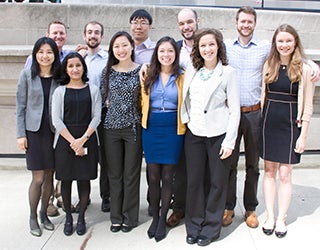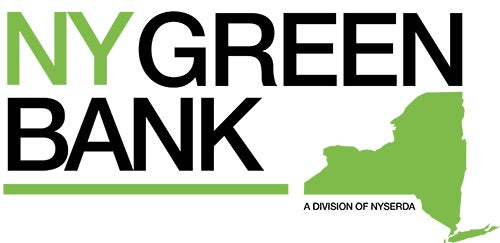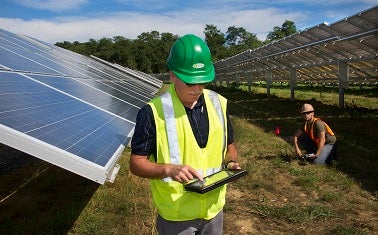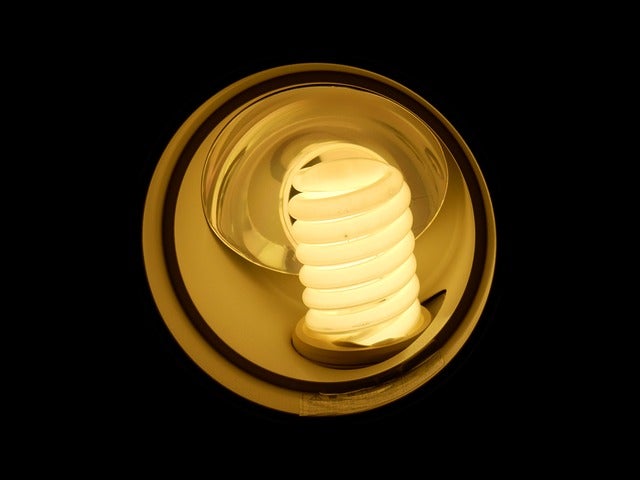 New York opened its “Reforming the Energy Vision” (REV) proceeding earlier this year to re-examine the utility business model. As part of this proceeding, state regulators will also look into removing market barriers preventing greater deployment of distributed energy resources (DER), which are smaller-scale clean energy resources, such as energy efficiency, energy storage, and local, on-site generation.
New York opened its “Reforming the Energy Vision” (REV) proceeding earlier this year to re-examine the utility business model. As part of this proceeding, state regulators will also look into removing market barriers preventing greater deployment of distributed energy resources (DER), which are smaller-scale clean energy resources, such as energy efficiency, energy storage, and local, on-site generation.
In recent years, DERs have made great strides due to market reforms, advanced technologies, and declining costs. Despite these advances, DERs serve less than 1% of national electricity demand as the existing utility business model and regulatory policies still favor traditional electricity distribution from a centralized grid.
Though the REV proceeding is in its early stages, the Department of Public Service Staff (Staff) has provided guidance recommendations for eliminating these market barriers. Using the Staff’s filings, EDF has drafted a white paper that compiles a Top 20 list of the changes required before we will see greater use of DERs. If adopted, these recommendations would result in a sea change for incorporating DERs into New York’s electric system and would provide a template for other states to follow. Read More














